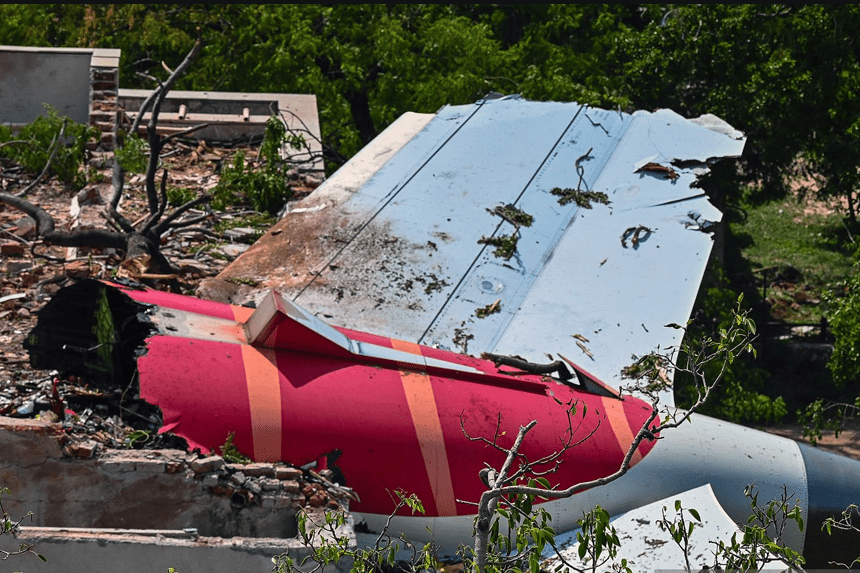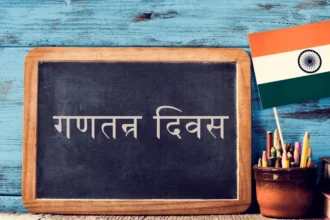The first results of the inquiry into the disaster of Air India Flight 171 have made many even more worried. The terrible catastrophe in Ahmedabad killed 260 people. The first report said that both fuel-control switches were switched to “cut-off” by hand right after takeoff. This unusual behavior during flight led both engines to stop working. A short conversation in the cockpit, which is part of the voices in cockpit voice data, has become the focus of continuous discussion.
- What Happened After the Plane Took Off?
- What Do the Cockpit Voices Reveal?
- Were the engines shut down manually or automatically?
- What Are Officials Doing About the Rumors?
- Is there enough proof to hold a pilot responsible?
- Could a Tail Fire or Electrical Fault Be the Real Cause?
- What Happens Next in the Investigation?
- Final Thoughts
What Happened After the Plane Took Off?
The 12-year-old Boeing 787 took off without any problems, but then the engine suddenly stopped working. The investigators said that the engines lost power just seconds after takeoff. Both fuel switches had shifted to the “cut-off” position, which is what you do after you land. The switches were fixed soon, but it was too late. The plane crashed into a residential area in Ahmedabad within a minute. Here is the link to our article on Plane Crash Horror
What Do the Cockpit Voices Reveal?
The cockpit recorder records a scary conversation. “Why did you do the cut-off?” one pilot inquired. The other pilot said no. The audio doesn’t make it clear who said what, which leads to a lot of different theories. The captain was in charge of the controls while the co-pilot flew. Because voice identification isn’t clear, there has been a lot of speculation and guesses.
Were the engines shut down manually or automatically?
Some analysts say that manual interference is the most likely reason. Some others say that the plane’s Full Authority Digital Engine Control (FADEC) system may have gotten bad indications from its sensors. This can sometimes cause an automatic fuel cut-off. But the timing of the voices in the cockpit makes some question automation. Investigators are looking at flight data to find further evidence. Here is the link to our article on Air Crash Complaint
What Are Officials Doing About the Rumors?
The Aircraft Accident Investigation Bureau (AAIB) in India has asked people to be careful. They said that the first report was supposed to give facts, not make conclusions. If the media leaks or people get the wrong idea, it might hurt the investigation’s integrity. The final report will include a full transcript and a study of the engine data. International aviation organizations that are helping with the investigation also asked for patience and accurate reporting.
Is there enough proof to hold a pilot responsible?
Aviation experts still don’t agree. One idea is that a pilot did something without meaning to or because they were confused. Another theory says that one pilot asked the other questions on purpose to shift blame, knowing that the cockpit sounds would be recorded. Until speaker identities and time stamps are made public, however, no final judgments can be drawn. For the present, the evidence is still circumstantial.
Could a Tail Fire or Electrical Fault Be the Real Cause?
The Indian media have suggested that there may have been a tail fire or an electrical problem. But experts determined that the engines stopped working when the fuel controls were switched off. If there was a fire, it probably happened after the crash. That makes it less likely that a system failure that isn’t related to the problem would happen. We are still looking over the whole history of the mechanical and maintenance work.
What Happens Next in the Investigation?
The last report should find out what caused the problem. It will have full voice transcripts, data logs, and evaluations of how well the machines work. The AAIB has vowed to be open about new technological information as it comes to light. There will probably be suggestions about how to make flying safer in the future. In the meantime, people are still waiting for answers about what happened in those last moments.
Final Thoughts
The mysterious voices in cockpit have become a symbol of this unresolved aviation tragedy. The investigation remains ongoing, with possible causes ranging from pilot error to mechanical failure. Technical analysis and confirmed voice identification are expected to provide more clarity. Meanwhile, the aviation community and victims’ families continue to await answers. One crucial question still lingers: who turned off the fuel?








